Are cyclists under-fuelling to breaking point?
Chronic under-fuelling may be endemic among cyclists, according to research — and if so, we're storing up a bone health timebomb

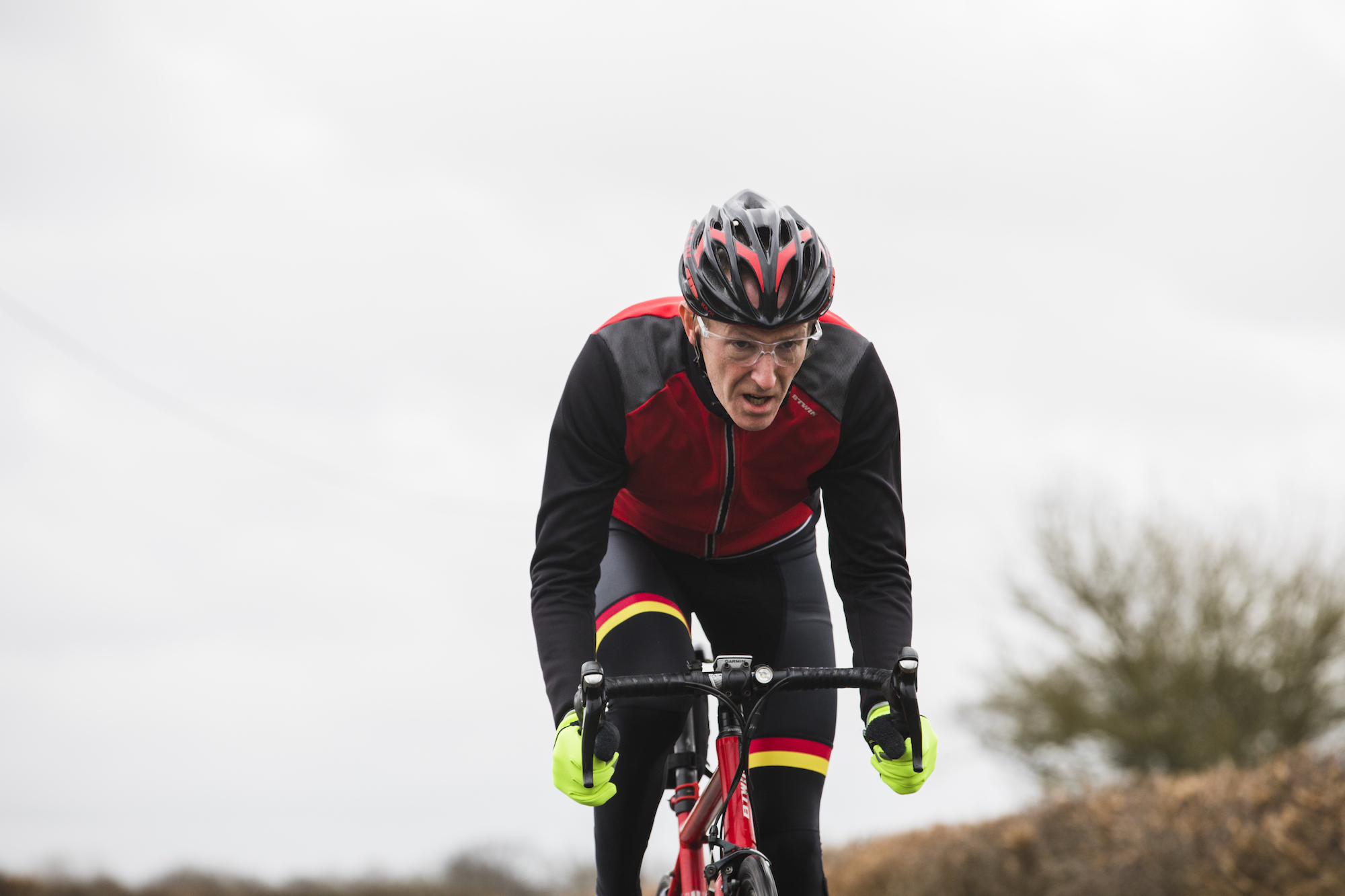
“I'n the lead-up to the European age-group duathlon championships, I hurt my leg,” says 53-year-old Doug Bentall, recalling his 2016 season. “I thought I’d pulled a muscle, and somehow got round the race with the injury.”
Bentall, a PR man from Tonbridge, Kent, had returned to cycling in his late 40s, having raced as a younger man, and made solid progress to a sub-23min 10-mile time trial. He decided to give duathlon a try after his wife Bridget pointed to her collection of rosettes from equestrian events and jokingly challenged him: “When are you going to win something?”
Duathlon seemed to provide his best chance of levelling up the matrimonial palmarès.
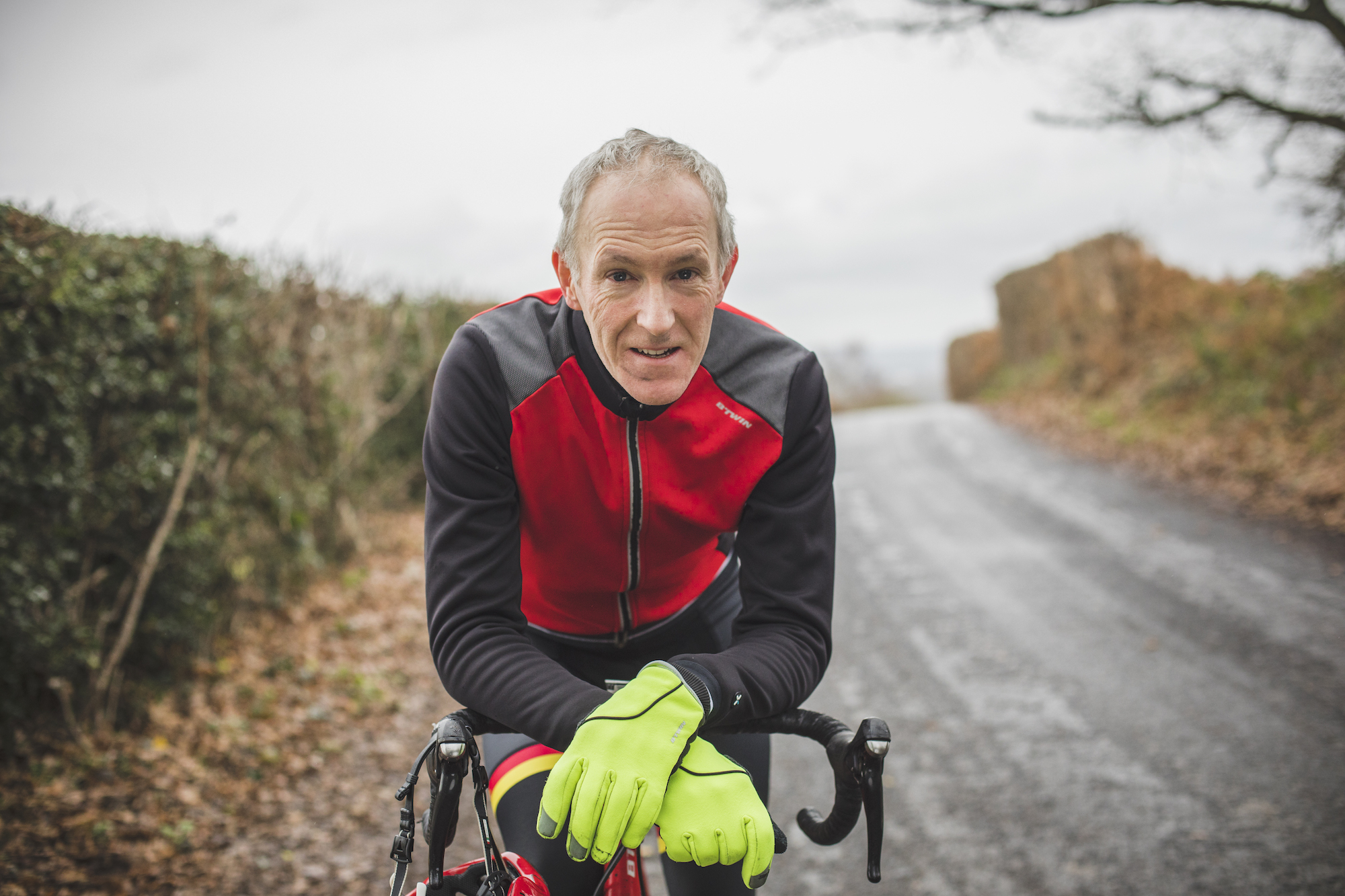
“It turned out I was a much better runner then I am cyclist,” he says. “In duathlon, you can make up a hell of a lot of time on the cyclists who aren’t such good runners — I was chuffed.”
However, his high hopes came crashing down as the pain persisted, eventually compelling a visit to the GP. “I was referred to a specialist, who diagnosed a stress fracture in my pelvis,” recalls Bentall. “Tests showed I had a really low vitamin D and would need months of rehab. I haven’t run since.”
A few months after his diagnosis, Bentall spotted in CW a call from Dr Nicky Keay for participants to take part in a bone density study. He put himself forward and in early 2017 had his first DEXA scan, the most accurate means of measuring bone health. “I took a deep breath when I sat down to hear the results,” says Bentall, “and they revealed my lower spine is in the osteoporotic range.”
>>> Here’s how to stop cycling leading to unhealthy bones
The latest race content, interviews, features, reviews and expert buying guides, direct to your inbox!
With a standard deviation ‘T’ score of minus three, Bentall’s bone density in his lumbar spine was seriously compromised: a level of deterioration not usually seen in anyone aged under 75 — and less common in men than women. As a fit, active sportsman in his early 50s, why on earth had his bones become so fragile?
Meeting the doctor
“Doug had the lowest bone density in the study,” Dr Keay tells me, when we meet at her home in south-west London. “He is an extreme example, but it can happen at any age if you go too far down the wrong track.”
It’s a point she is keen to stress: among competitive cyclists, low bone density is not unusual. It may, in fact, be endemic.
Of the 50 cyclists in Keay’s study, published in BMJ Open Sport and Medicine, 22 had low bone density — that’s a whopping 44 per cent, almost half the group.
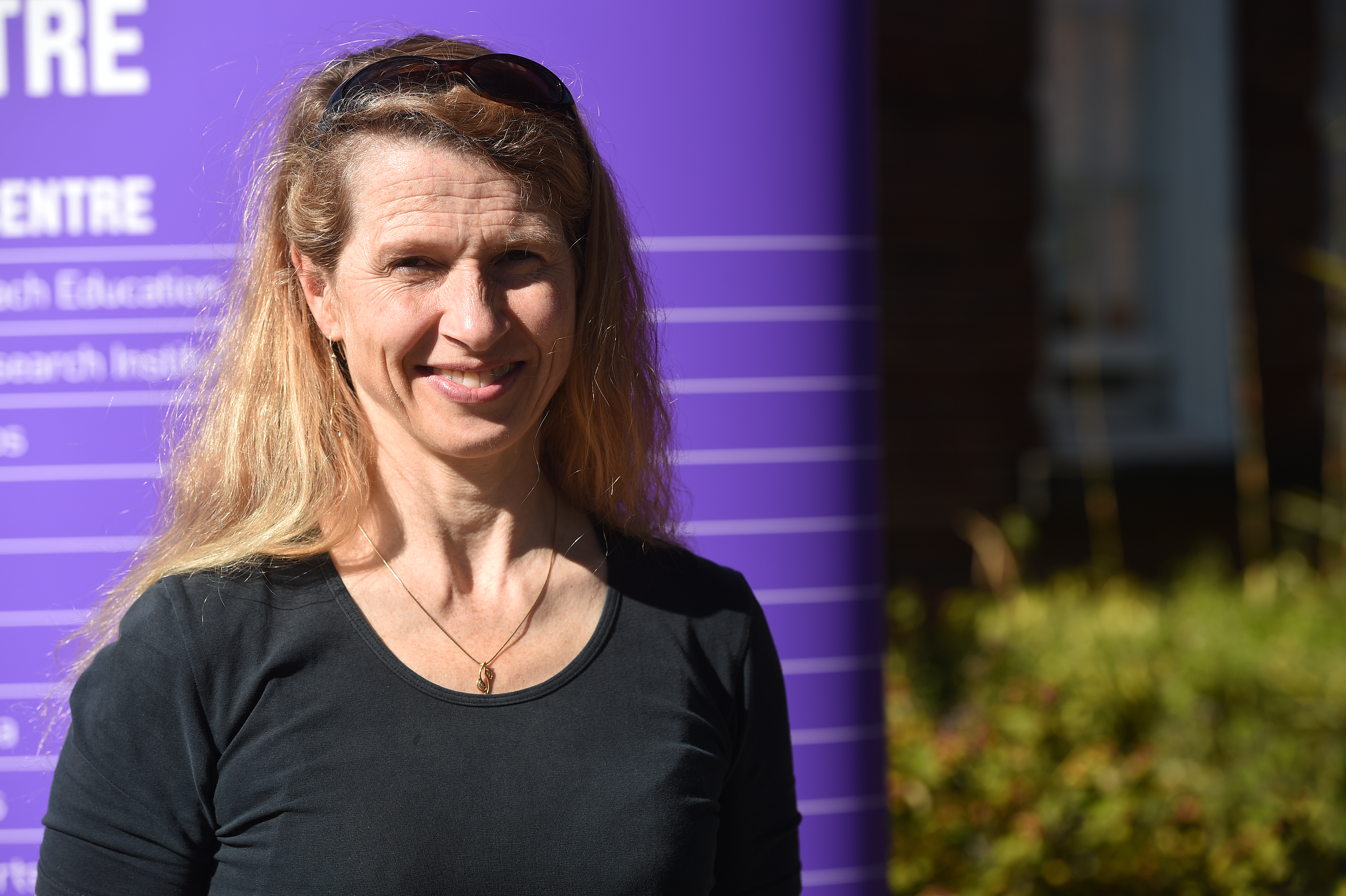
The main cause, according to Keay, is inadequate fuelling, compounded by lack of weight-bearing in cycling.
“Fourteen out of the 50 cyclists had low energy availability,” says Keay, “and 10 of those had chronic low energy availability — they were the ones with lowest bone density.”
By asking a series of questions about their nutrition, training, body weight and fuelling habits, the doctor made a judgement call about whether they were giving their body the energy it needed. Twenty per cent were persistently under-fuelling and, as a consequence, their bones were literally breaking down.
Low bone density is a silent problem. The first sign for Bentall was a fractured bone, which may sound extreme but is actually the most common route to diagnosis.
“If you repeatedly train while not fuelled properly,” warns Keay, “you’re not only wasting your time, you’re also storing up health issues for the future. And the first thing you will know about it is when you fall off your bike and fracture a weakened bone.”
Improper fuelling does not mean starvation or crash dieting, but rather “a mismatch between energy intake and the energy expended in exercise” — as defined in an International Olympic Committee consensus statement of May last year.
The technical term is relative energy deficiency in sport (RED-S), meaning “inadequate energy to support the functions required by the body to maintain optimal health and performance”.
Even if you’re eating enough over the long term to maintain an apparently healthy weight, just two or three weeks of poorly fuelled rides can disrupt the secretion of hormones such as testosterone and human growth hormone, which are vital for recovery and the repair of body tissues.
The longer-term consequence of relative energy deficiency is a gradual wearing-down of multiple systems: bone health, metabolism, menstrual function, immunity, protein synthesis and cardiovascular health — everything on which cycling fitness depends. In other words, riders who under-fuel put their performance on hunger strike.
“It seems I wasn’t eating enough — but I had no idea,” admits Bentall. “I’d let my weight drop down to about 63.5kg, so for my height [5ft 11in] I was quite light, but I know plenty of cyclists who are lighter.”
He insists he wasn’t deliberately striving for super-low body fat. Friends remarked on his thinness but he assumed they were comparing him to the non-athletic average. “I assumed people had got too used to seeing fat people because we’re so overweight as a nation,” says Bentall. “My body mass index was still in the healthy range, admittedly at the bottom end — I didn’t know about the association between body fat, hormone cycles and bone density.”
>>> Fat burning and cycling: separating the myths from the truth
On doctor’s orders, Bentall is now fuelling his rides more carefully, snacking more, and no longer worries about overstepping the government’s recommended calorie intake of 2,500 per day (a broad-brush guideline of little use to athletes).
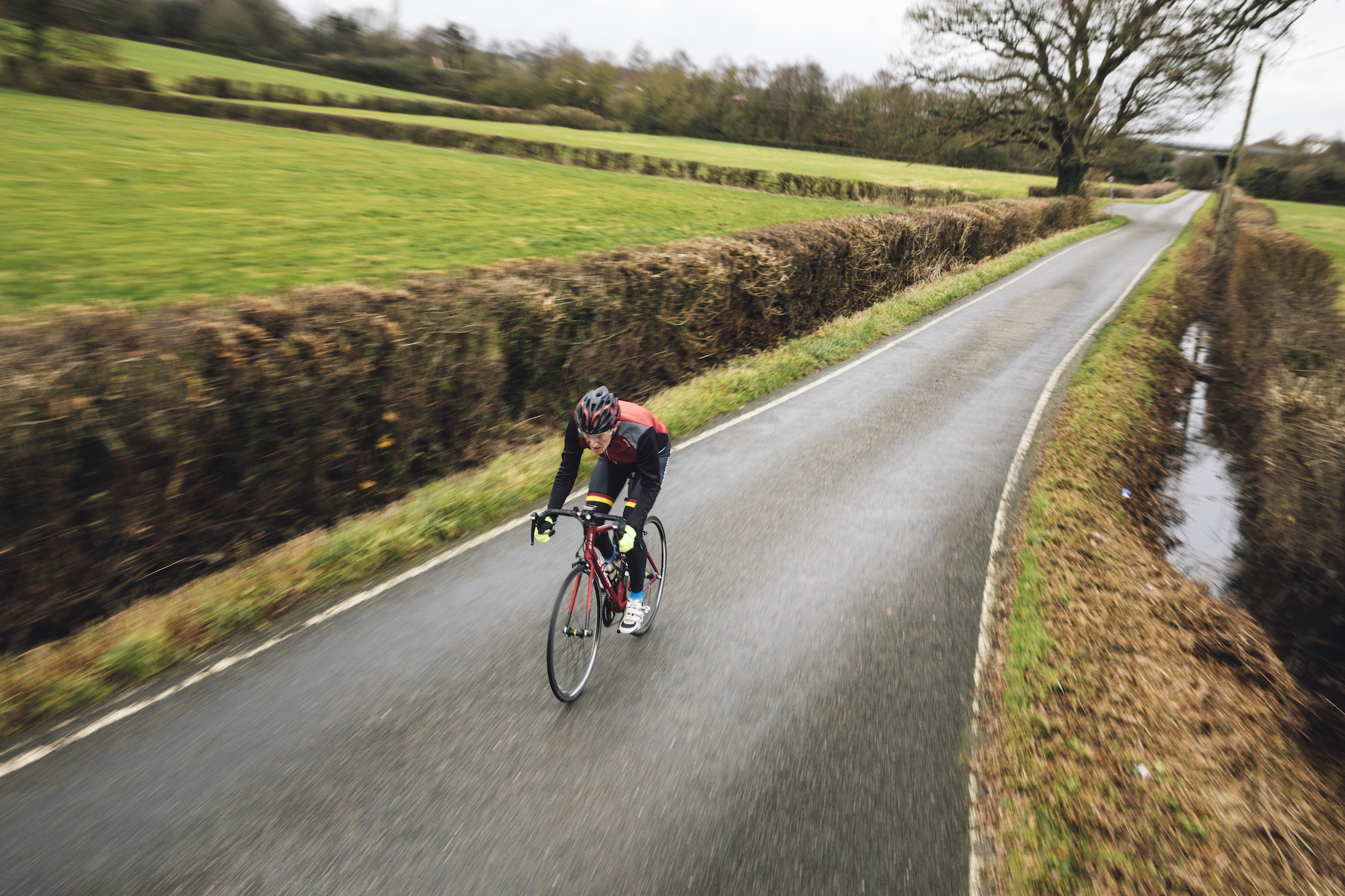
“It’s really hard,” he admits, “because it’s so ingrained in us, the whole controlling-calories culture that we live in — it’s hard to fight that off.”
He has put on three kilos, and accepts that it’s necessary weight. Having been out of action for four months nursing his hip, he is now back on the bike and tentatively weighing up a return to running. Taking vitamin D in supplement form and an osteoporosis drug, he hopes his bone density will gradually recover.
“I want to keep competing,” he says. “I really enjoy it — and I don’t want to throw away the health benefits of keeping fit.”
Disordered eating
While some riders like Bentall fall into under-fuelling inadvertently, others do so through over-zealous efforts to lose weight — potentially even more dangerous. Another participant in Keay’s study was 28-year-old Sam Woodfield, from Oundle in Northamptonshire, who in 2017 had to face the fact his desire to shed weight had gone out of control (as reported in CW magazine November 16, 2017).
“I wanted to lose weight quite drastically to be competitive,” says Woodfield, who was striving to achieve his first-cat licence. “I was doing lots of long, fasted rides, not eating during three-, four-, even five-hour rides.”
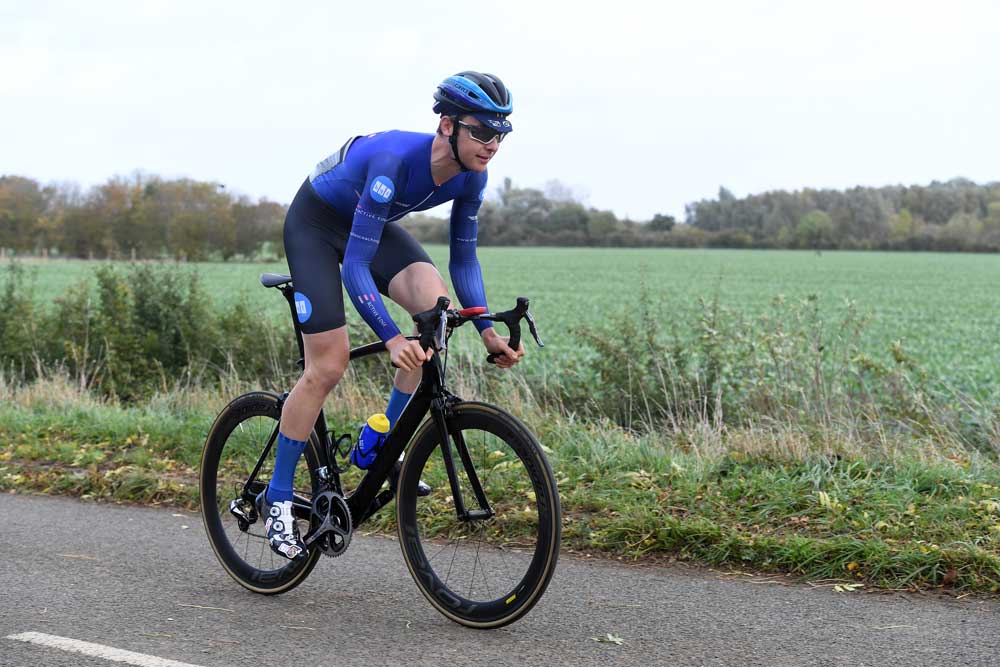
In Dr Keay’s view, fasted rides are not worth the risk for amateur riders who, unlike pros, don’t have a support team to constantly monitor them. Those insisting on low-carb training should do so with extreme caution.
Woodfield admits that, at his most weight-fixated, he was stepping on the bathroom scales 12 times a day. High-calorie foods were strictly off-limits.
“For a whole year, I didn’t eat a pizza and ate out only four times, refusing every invitation. I thought I could always lose more weight, which unfortunately is the definition of anorexia.”
He was ultimately diagnosed not only with anorexia but also orthorexia — the systematic avoidance of foods believed to be unhealthy or ‘unclean’, e.g. boycotting carbs. Blood tests showed his testosterone levels had plummeted and his stress hormones were soaring.
“I make a joke of it now, but my testosterone was so low that I was basically a prepubescent boy. It was off-the-scale low,” says Woodfield. “To top it off, I’d developed osteoporosis, despite having normal vitamin D and calcium.”
Working with his coach Ali Slater and nutritionist Renee McGregor, Woodfield slowly got back on track, rehabilitating his beliefs and attitudes around nutrition — but adapting to healthy habits wasn’t always easy.

“It’s hard because in cycling you always want to be lighter at the same power,” Woodfield admits. “Being two kilos heavier, my body was happy but my mind went into turmoil thinking, ‘You’re happy — why? You don’t need to be happy!’ I’d been in a hole for so long that my body asked, ‘What on earth are you doing?’”
Getting professional help and facing up to the problem gave Woodfield a second chance — and he has turned around his fortunes in stunning style.
>>> How to fuel for long distance rides
“My mindset has drastically improved. I’m no longer cutting out calories or carbohydrate,” he says. “Over the past four months, I’ve stepped on the scales only once or twice — it’s quite a change.”
The psychological progress has given rise to leaps forward physically. “This time last year I did 355 watts for 20 minutes, whereas at the end of the 2018 season, after my last race, I did 404 watts.”
Fuelling results
Woodfield finished second in his divisional championships, recorded a string of second places in national-level races, and bagged eighth in the prestigious Victor Berlemont Trophy road race — in the process, earning himself an elite licence. He is under no illusions about what made the difference.
“It’s purely through getting myself out of a mental hole in which I was holding back on calorie and carbohydrate intake, then rebuilding from the ground up — focusing on being healthy and fuelling properly.”
Does he see more clearly now, looking back, how he got into such deep trouble?
“Yes,” he pauses. “I needed to control my life within an inch because I lost somebody very close to me, my mother, and I lost complete control of my life.” In the midst of disorder and sadness, diet, weight and exercise were the holy trinity Woodfield could rely on. “I was trying to control everything in my life to keep it stable,” he says. “That’s how it spiralled.”
>>> Nutrition for cycling: 10 tips to get your food and drink dialled
Completing the success story, Woodfield’s Active Edge Racing Team is taking a step up for 2019, targeting podiums in UCI 2.2 and National Road Series events. In terms of bone health, though, he will live with the legacy of his illness for an indefinite time to come.
“Bone density in my spine has remained the same, with slight deterioration in my hips, purely because of the racing.” The changes were small, but Woodfield’s case highlights how bone density, once lowered, does not bounce back like fitness and hormone levels.
According to Keay, it is unclear how bone density responds once nutrition is improved. “There is a lot of conflicting evidence on this,” she says. “There are reports and case studies but no consistent general trend. How long is a piece of string?” Getting fuelling sorted and hormones back to normal levels is vital, but even so it might be too late, as Keay acknowledges: “You might have ended up with a long-term problem.”
Could this problem really be as widespread as her study suggests: nearly half of all racing cyclists affected?
“I can’t say for sure, but ours wasn’t a selected group or skewed population — and to me, that’s alarming.” Potentially, it’s a health time bomb: millions of bike racers might be riding around on weakened bones.
>>> Why are so many riders suffering from spinal fractures?
“Just look at the injuries listed on procyclingstats.com, the vast majority are fractures,” adds Keay. “OK, if you fall off, there’s always the chance of a fracture, but there is a not insignificant number of vertebral fractures — [Fabian] Cancellara, [Vincenzo] Nibali, [Tony] Martin — I don’t know their bone density, but it’s an injury far more likely if bone density is low.”
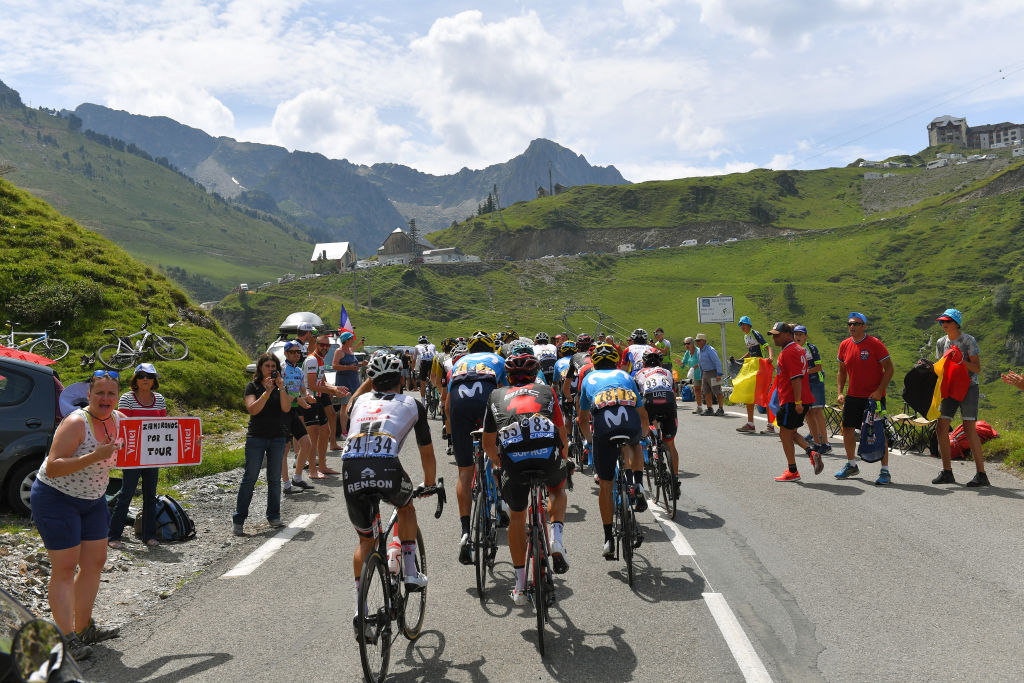
When it comes to bone health, prevention isn’t merely better than cure — it may be your only way to avoid long-term skeletal jeopardy. And prevention is simple: fuel properly all the time. Even if you’re trying to lose weight, you still need sufficient energy to fuel your exercise, as Keay explains: “The body is clever: it will conserve energy to keep you alive. If you have low energy availability, your metabolism will slow down, making it even harder to lose weight.”
Redoubled efforts to slash intake may backfire. “Studies have shown that in chronic cases, body fat actually increases because the body goes into desperate starvation mode.” While under-fuelling is a physiological wrecking ball, avoiding it should be easy; Keay could not be clearer in her advice: “Cycling performance — your 60-minute FTP — is dependent on the hours of good old-fashioned training you put in. But they must be quality hours fuelled properly.”
Harry Tanfield: ‘I’ve learnt to stop worrying about my weight’
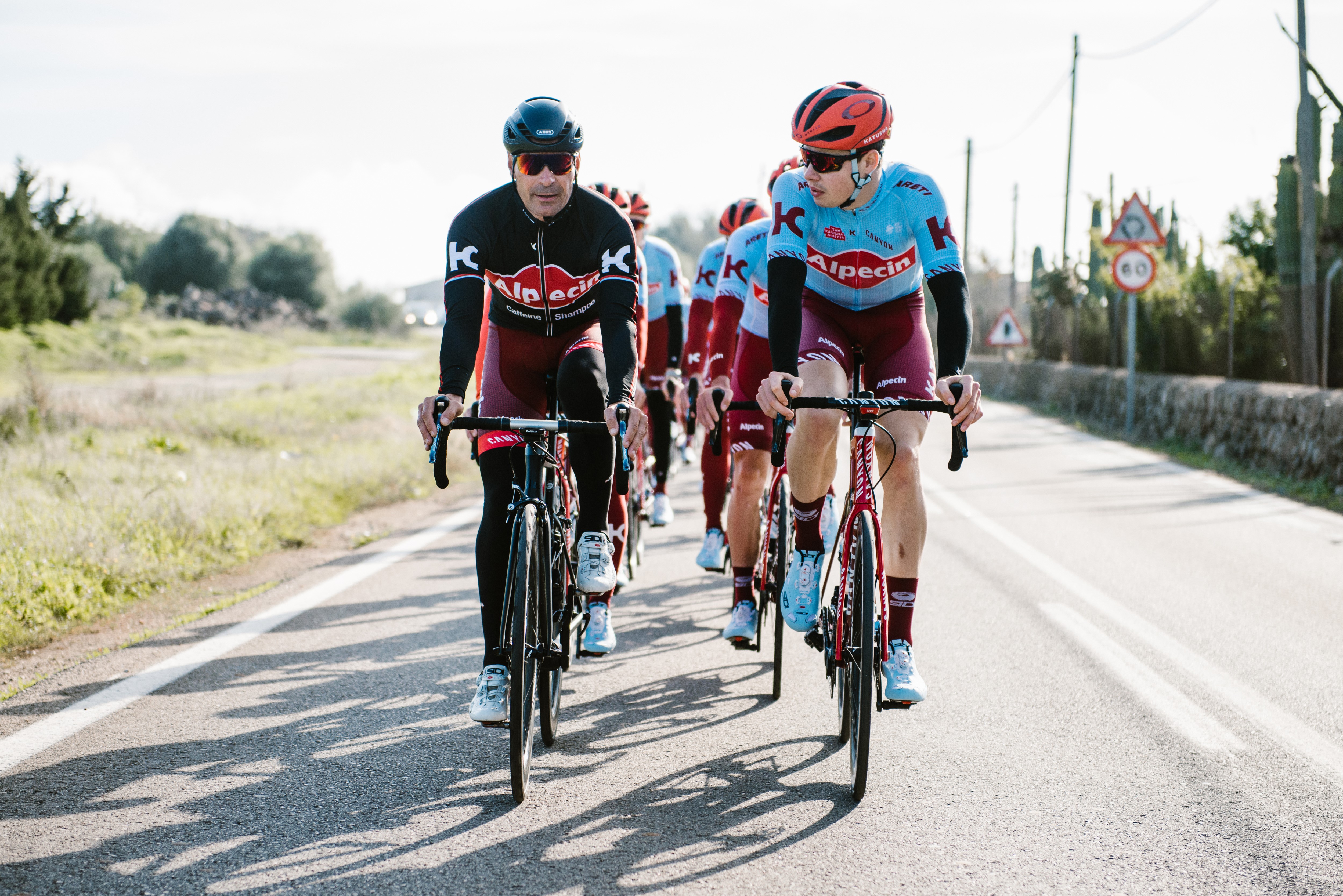
Dr Keay’s study did not only involve amateurs: Commonwealth Games silver medallist Harry Tanfield also took part. We asked the 24-year-old, who is stepping up to WorldTour level with Katusha-Alpecin this year, what he got out of the process.
Why did you get involved?
I had a DEXA [bone] scan done as part of a university study in 2013. I saw the results were a bit weak but didn’t think much more about it at the time. After getting quite thin in 2015, I got re-tested in early 2016, and my bone density had dropped off quite steeply.
Did you lose weight deliberately?
Yeah, I thought I was too fat, but I learnt that when you’re bigger, you can run at 90 to 95 per cent [form] every day all season, whereas when you are lighter you really fluctuate between a good day and a really empty day. I’ve since put on three kilos, spend most of the year at 79 to 80 kilos, and I’m much better. Why did I need to be five per cent body fat to ride around the UK? — I wasn’t interested in riding hilly events; I wanted to do well in crits. You have to question why you’re trying to get very lean — it’s not good for your body.
Do you monitor your body fat now?
I don’t use body fat percentage as a measurement, I just use skin calipers — an eight-point skinfold test. It doesn’t really fluctuate. It will be interesting to see what system they use at Katusha.
Do you think cyclists worry too much about their weight?
I think some do, yeah. If you get really lean... you might be 65 kilos but if you can’t press on the pedals hard enough, what’s the point? Fair enough, you’re going to ride away on an eight- or 10-minute climb, but there aren’t many of those in the UK. I’ve been there and done it, and you just don’t really enjoy life as much. You’ve got to manage fuelling, giving your body what it needs when it needs it. If you get lean the wrong way, not eating enough and not recovering, suddenly your body goes into shutdown mode.
Are you at risk of under-fuelling? Take the test
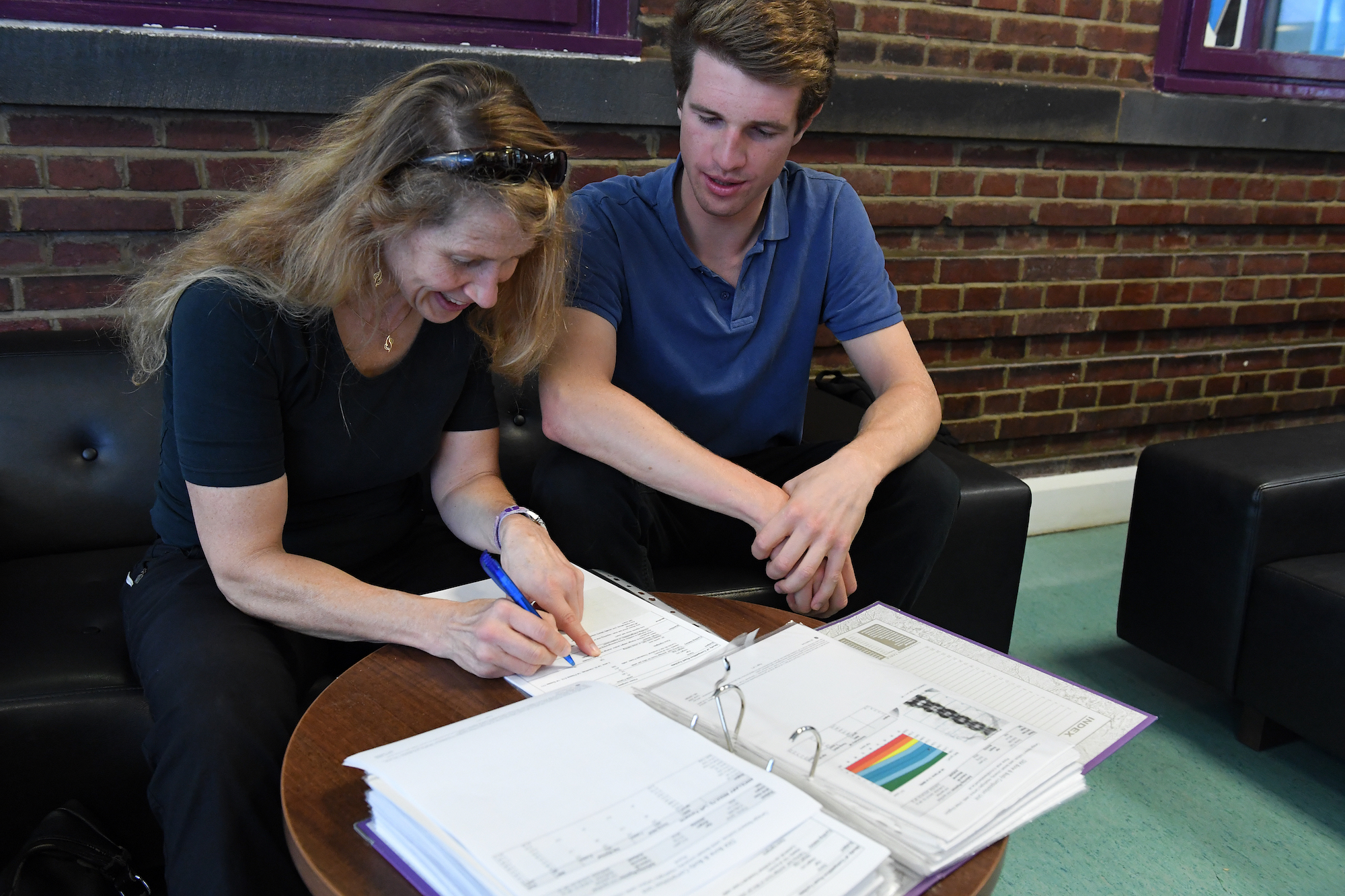
- Do you ride more than six hours (in total) per week?
- Do you do fasted or low-carb rides more than once a week?
- Has your weight changed or fluctuated by more than 2kg over the past six months?
- Do you sometimes go without food/recovery drink for more than 30min after getting home from a long ride?
- Do you exclude or restrict any food groups (such as carbs or dairy) from your diet?
- Are you vegetarian or vegan?
- Do you sometimes go without food/energy drink during rides of longer than 90min?
- Are you consciously trying to lose weight or reduce your body fat?
- Do you sometimes feel anxious around food or worry about overeating?
If you answer yes to three or more of these questions, you are at enhanced risk of under-fuelling and should consider consulting a medical expert — find the right one for you via the British Association Sports and Exercise Medicine Health4Performance website: health4performance.co.uk.
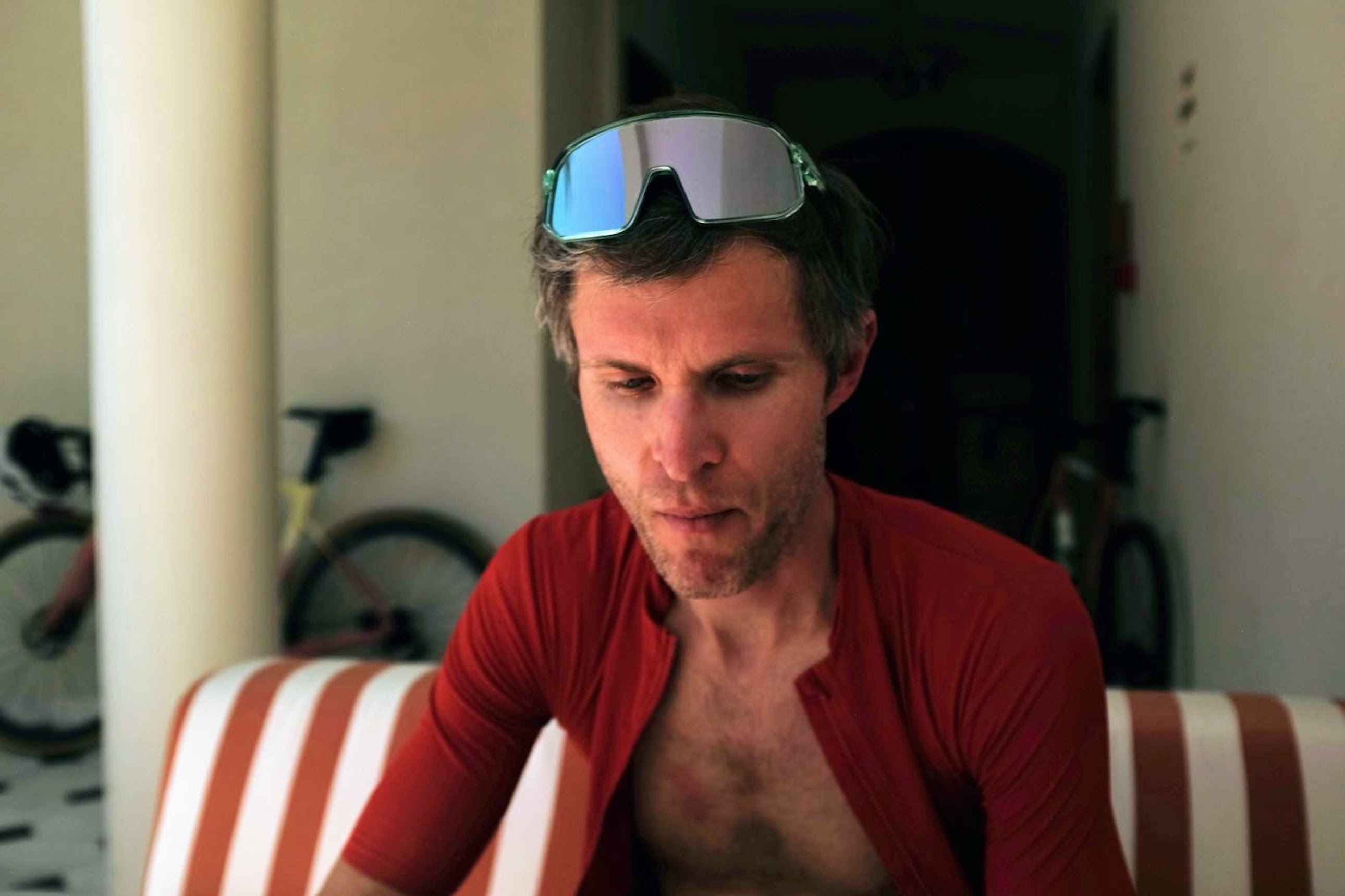
David Bradford is senior editor of Cycling Weekly's print edition, and has been writing and editing professionally for 20 years. His work has appeared in national newspapers and magazines including the Independent, the Guardian, the Times, the Irish Times, Vice.com and Runner’s World. Alongside his love of cycling, David is a long-distance runner with a marathon personal best of 2hr 28min. Diagnosed with retinitis pigmentosa (RP) in 2006, he also writes personal essays exploring sight loss, place, nature and social history. His essay 'Undertow' was published in the anthology Going to Ground (Little Toller, 2024). Follow on Bluesky: dbfreelance.co.uk